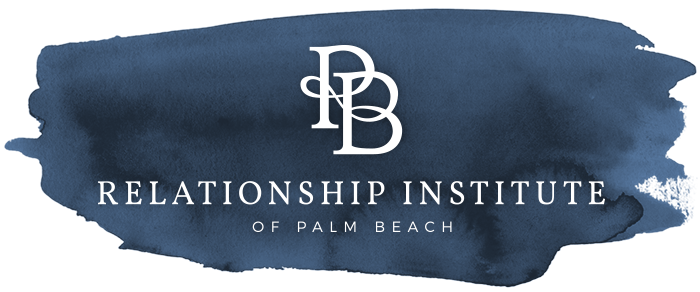Steer Clear of Codependency By Becoming Self-Full™
Being self-less is destroying your life and relationships. Learn how to correct that by becoming Self-Full™
For many years I have been treating co-dependent people. In reality, codependency is the underlying problem of many concerns coming through my office. I view codependency as a dysfunctional relationship with yourself where you become selfless in your relationships. Mostly fear drives this behavior but often, it can be a combination of learned behavior, fear, guilt, low self-esteem or an avoidance of yourself.
Yes, that’s right we can avoid ourselves by taking care of and being focused on others. By engaging in this relationship, you can develop the ability to know what everyone else is feeling, possibly take care of their feelings but struggle really taking care of your own needs.
I even think codependency is at the root of a lot of addiction cases.
How to overcome codependency in a relationship
You might be reading this and thinking ”but addicts are selfish”, well, it is not always the case. Usually, most people who are suffering have a distorted relationship with their own selves.
It is much easier to think of a mother fitting into a codependent behavior. Because, well, isn't a mother’s job to put the needs of others before her own? So, this is tricky and in some ways, yes, we have to care for and protect our children. But in the process, we can easily lose our sense of self in many of these roles.
The term Self-Full™ originated because I found myself for years telling codependent people that I needed them to be more selfish in a healthy way.
Try telling a mother that.
Most of my clients really struggled with their therapist telling them they need to be more selfish. The word “selfish” alone brings all kinds of negatives feelings and associations. So I started to think “well, how else can I explain this concept?”. I changed the word from selfish to self-full™ and all of a sudden my clients could better understand.
I suggested a spectrum where selfless was on the far-left then, in the middle self-full and after, on the fair-right selfish (selfless——self-full™——-selfish).
Selfish vs. Self-full: what is the difference
I pointed to selfless and said “you are here, and I am not asking you to move all the way to selfish, but there is a MIDDLE”. By being self-full™, I meant that it was ok to take care of your needs first. Boundaries are empowering, it is okay to shift back power from others back to yourself.
I knew the concept was a success when my own clients began coming into the office with a smile on their faces stating something like “I was self-full ™ this weekend when I told my kids mommy is going to take a bath and shut the door , and I took a long bath with myself.” Or “I told my friend I want to drive myself to the party because I needed to have my car there, and I felt self-full™”.
I even had one client tell me that I had to trademark the word. So I did. Learn what it means to be Self-Full™ here from another blog post of mine. I continue to use the concept to help clients form a new and healthier vision of self care for themselves. I write about it in an online course and a book I am launching soon!
I hope Self-Full™ helps you understand better what true self care is. True self care is not about being selfish but it is really about having a healthy relationship with yourself, knowing your needs and taking appropriate action around them.
Want to share your journey to Self-Full™? Be sure to join our new free online group on Facebook called Conscious Relationships, it is a closed group created by The Relationship Institute.
For more talks, be sure to follow my Instagram account @jessicabaumlmhc where we can connect and create more healing in community.



